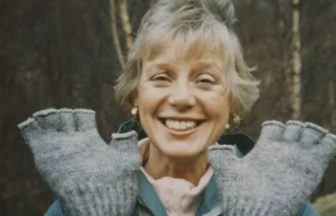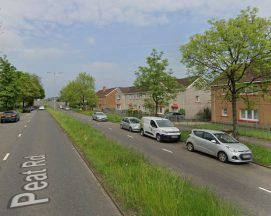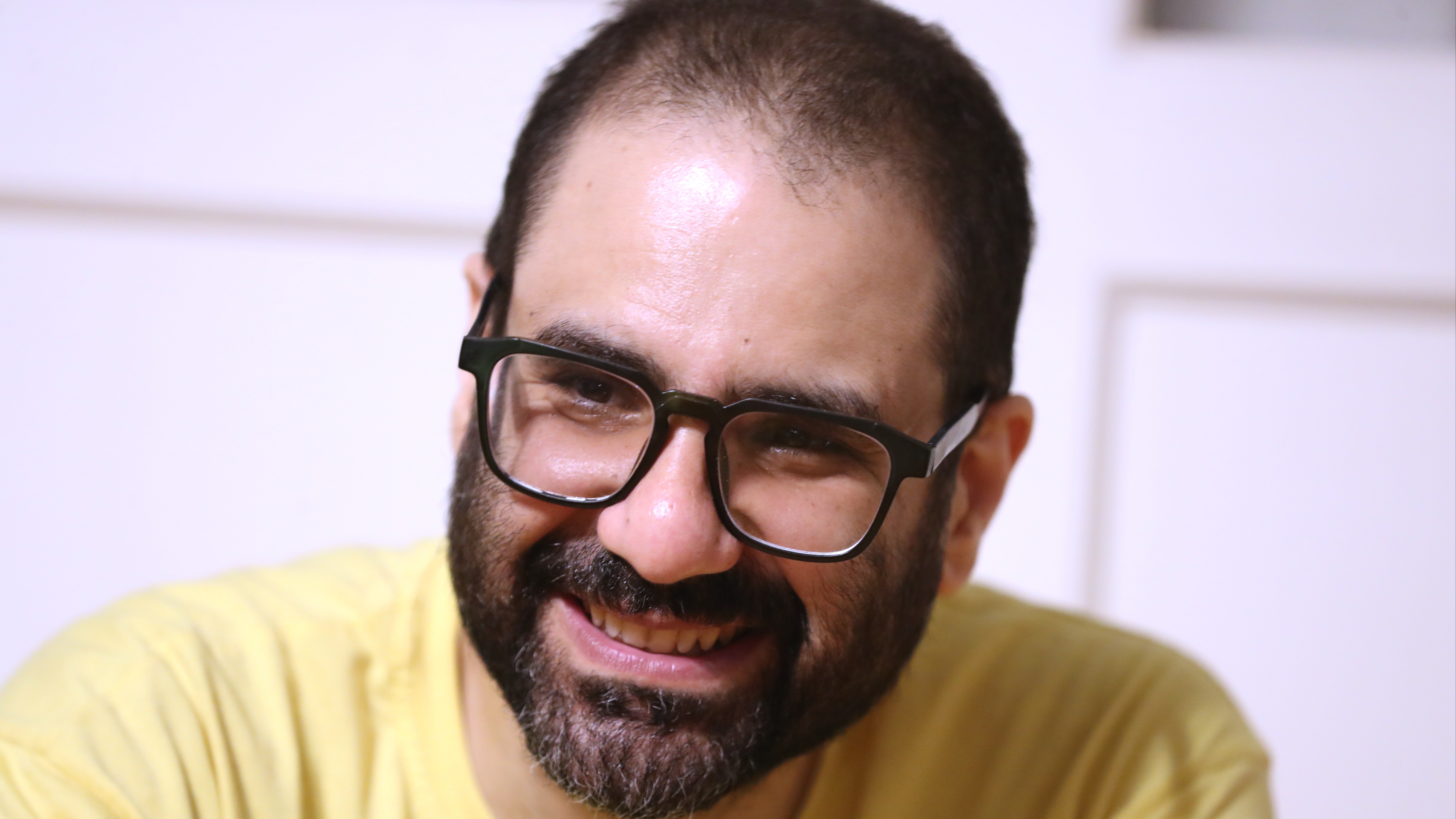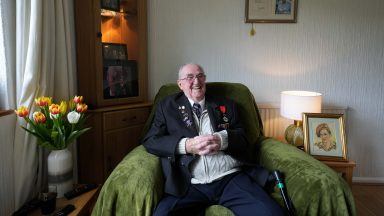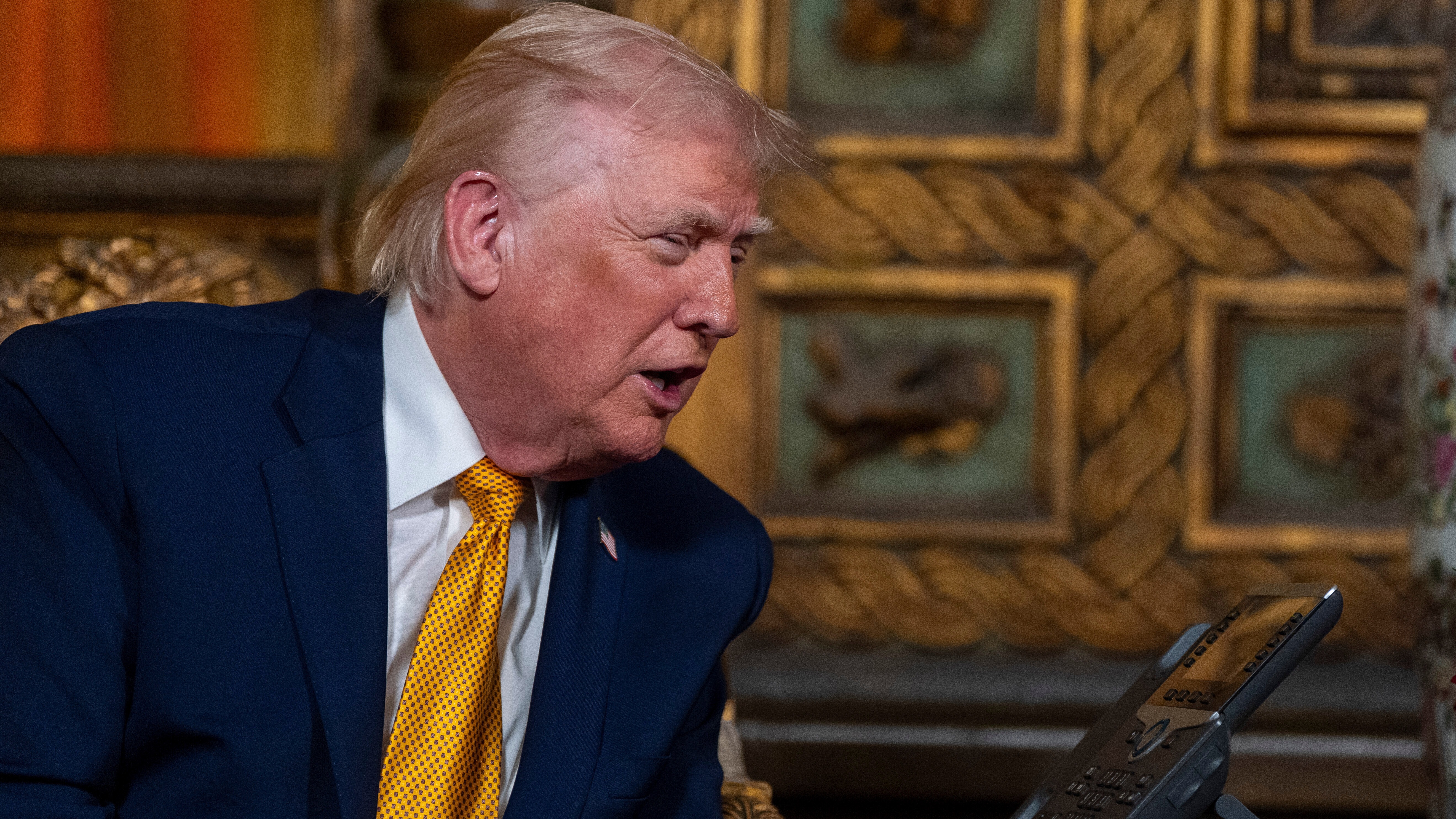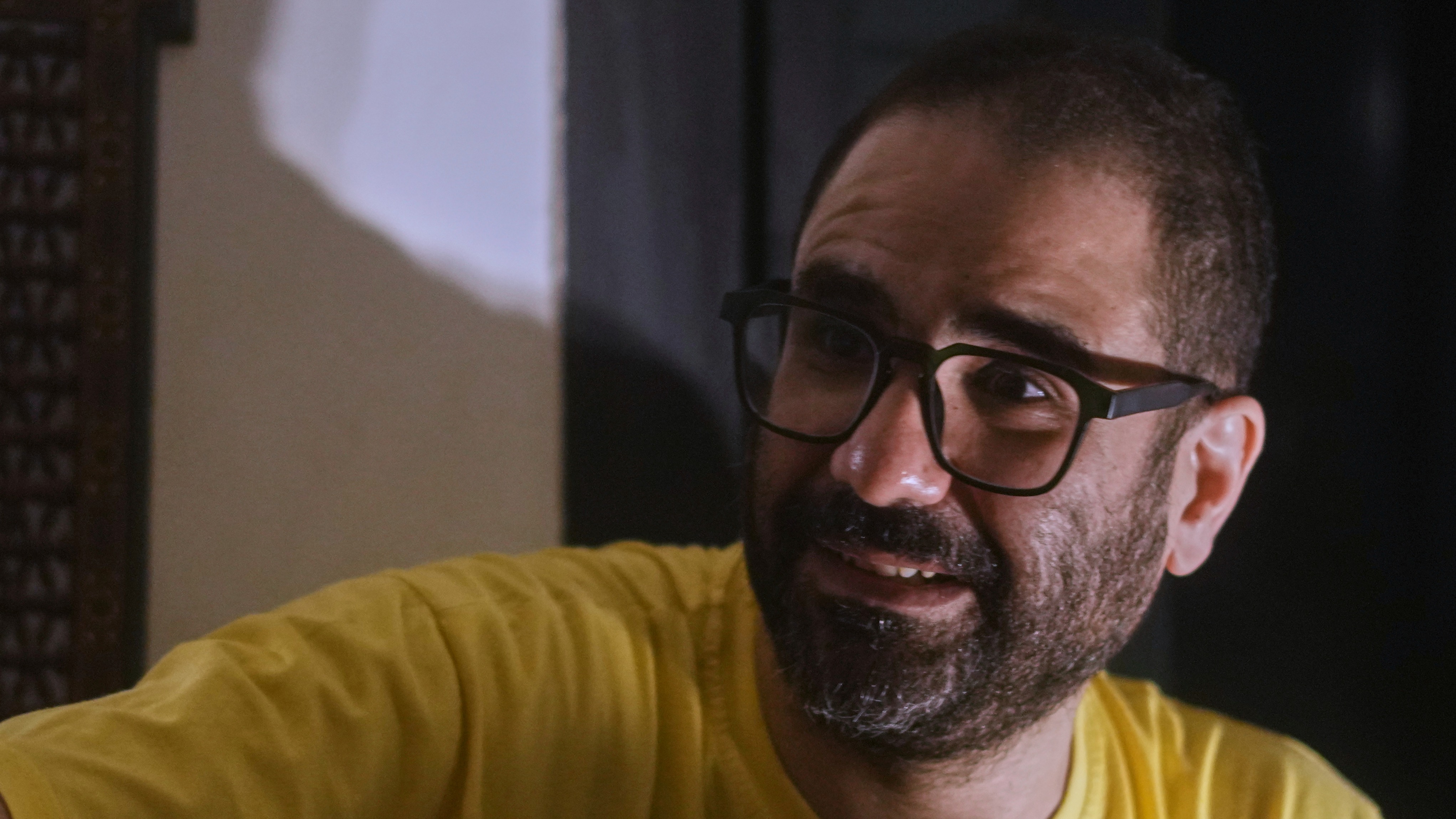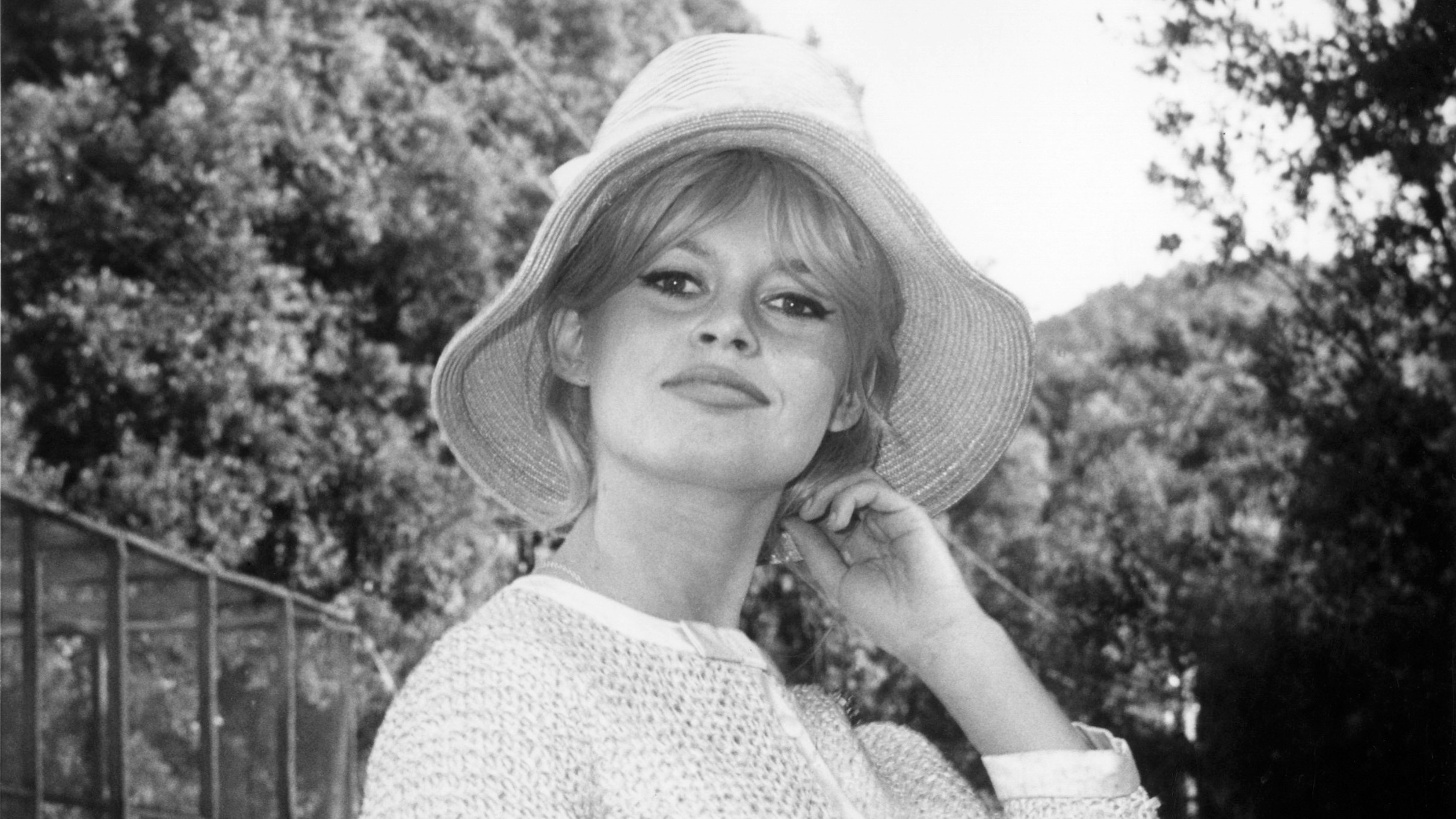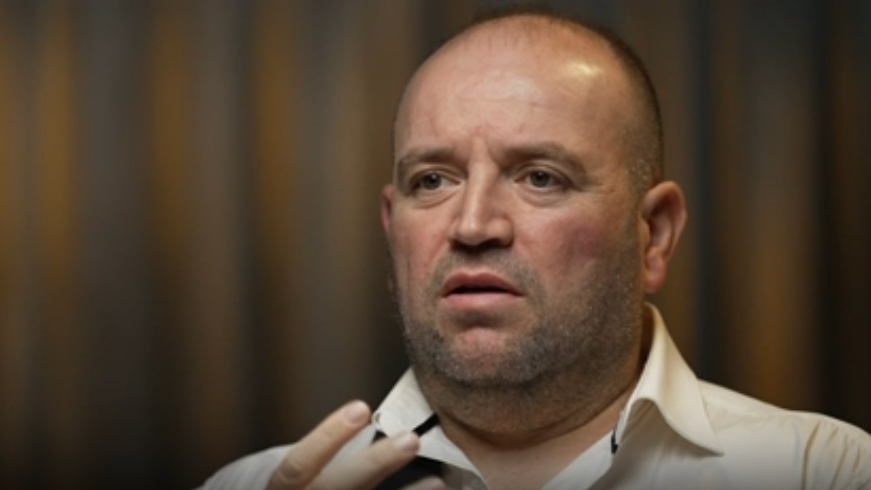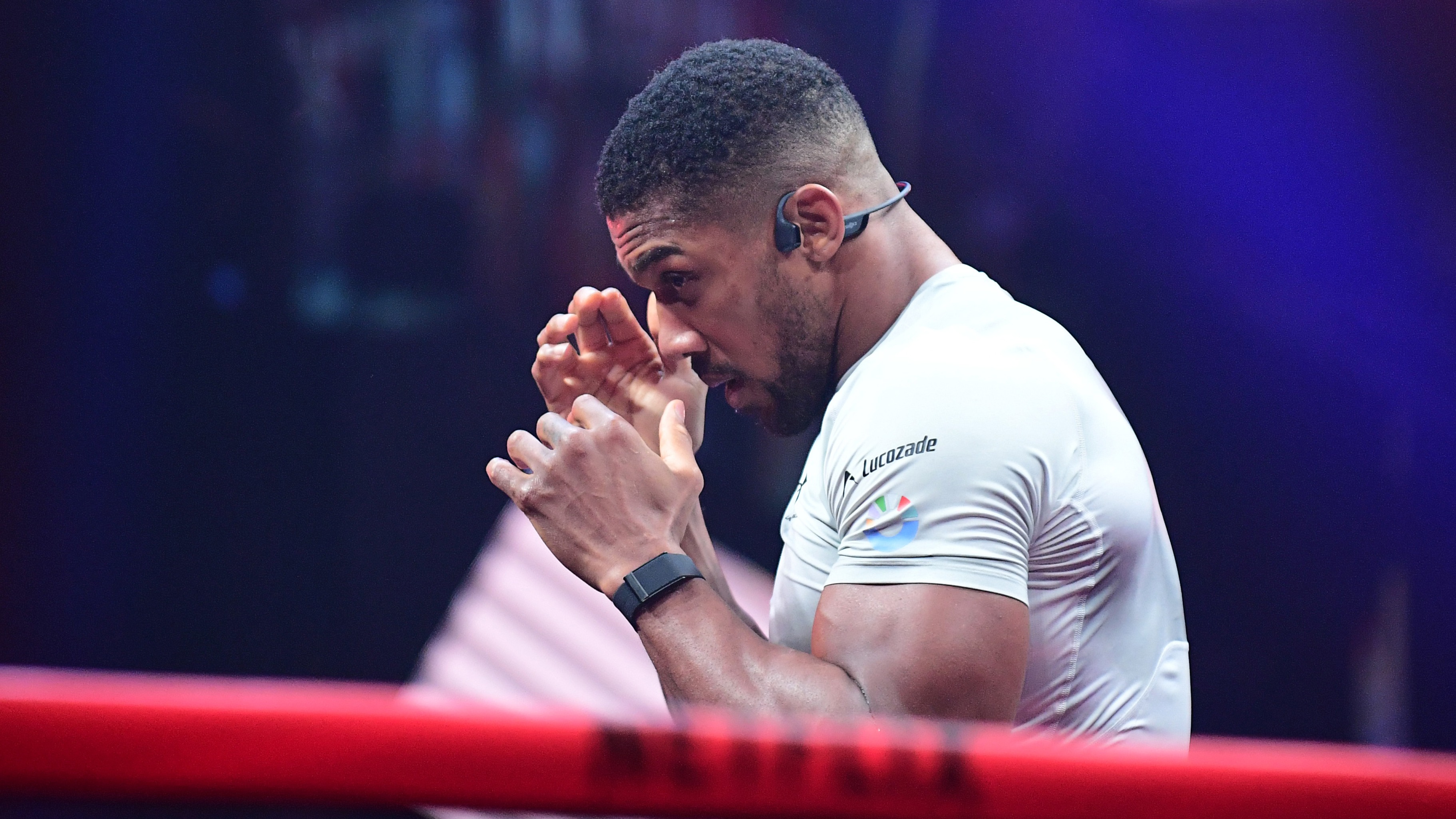Former Pope Benedict XVI has died at his Vatican residence at the age of 95.
His successor Pope Francis had previously asked for prayers for the pontiff, but said he was “lucid and conscious” in a previous update on December 29.
Benedict, born Joseph Ratzinger, stood down as leader of the Catholic Church in 2013 – the first to resign from the post in almost 600 years.
Francis had visited him “frequently” during a period of ill health, the Vatican said in a statement.
“With sorrow I inform you that the Pope Emeritus, Benedict XVI, passed away today at 9:34 in the Mater Ecclesiae Monastery in the Vatican,” it read.
“Further information will be provided as soon as possible.”
Benedict became the first pontiff to visit Scotland in 28 years when he arrived at Edinburgh Airport in 2010.
He went on to host an open-air Mass in Bellahouston Park in Glasgow in front of a congregation of thousands.
Right Reverend Dr Iain Greenshields, moderator of the general assembly of the Church of Scotland said:
“On behalf of the Church of Scotland, can I express my condolences to the Catholic Church in Scotland following the news of the passing of His Holiness Emeritus Pope Benedict XVI.
“We recall his visit to Scotland in September 2010 and the welcome that he received at Holyrood Palace in Edinburgh from Her Late Majesty the Queen and at the celebration of the Sacred Liturgy at Bellahouston Park in Glasgow.
“May the blessed memory of Benedict XVI continue to inspire the faithful people of God in their continued pilgrimage of faith and devotion to the truth revealed in Jesus Christ.”
The former cardinal had never wanted to be pope, planning at age 78 to spend his final years writing in the “peace and quiet” of his native Bavaria.
Instead, he was forced to follow the footsteps of the beloved St John Paul II and run the church through the fallout of the clerical sex abuse scandal and then a second scandal that erupted when his own butler stole his personal papers and gave them to a journalist.
Being elected pope, he once said, felt like a “guillotine” had come down on him.
Nevertheless, he set about the job with a single-minded vision to rekindle the faith in a world that, he frequently lamented, seemed to think it could do without God.
“In vast areas of the world today, there is a strange forgetfulness of God,” he told one million young people gathered on a vast field for his first foreign trip as pope, to World Youth Day in Cologne, Germany, in 2005. “It seems as if everything would be just the same even without him.”
With some decisive, often controversial moves, he tried to remind Europe of its Christian heritage. And he set the Catholic Church on a conservative, tradition-minded path that often alienated progressives.
He relaxed the restrictions on celebrating the old Latin Mass and launched a crackdown on American nuns, insisting that the church stay true to its doctrine and traditions in the face of a changing world. It was a path that in many ways was reversed by his successor, Francis, whose mercy-over-morals priorities alienated the traditionalists who had been so indulged by Benedict.
Benedict’s style could not have been more different from that of John Paul or Francis. No globe-trotting media darling or populist, Benedict was a teacher, theologian and academic to the core: quiet and pensive with a fierce mind.
He spoke in paragraphs, not soundbites. He had a weakness for orange Fanta as well as his beloved library; when he was elected pope, he had his entire study moved – as is – from his apartment just outside the Vatican walls into the Apostolic Palace. The books followed him to his retirement home.
“In them are all my advisers,” he said of his books in the 2010 book-length interview “Light of the World.” “I know every nook and cranny, and everything has its history.”
Follow STV News on WhatsApp
Scan the QR code on your mobile device for all the latest news from around the country


 Vatican Media
Vatican Media







